1. The Power of the Number 13

In many parts of the world, the number 13 is still considered unlucky, especially in the context of architecture. It’s so feared that many buildings skip the 13th floor altogether, opting instead for a 14th floor directly after the 12th. This superstition has roots in ancient cultures, where 12 was seen as the number of completeness or perfection, and 13 was thought to disrupt that balance. Even in modern skyscrapers and hotels, you’ll often find the absence of a 13th floor button in elevators, reinforcing the belief that 13 brings misfortune shares HistoryExtra.
This superstition also influences the design of buildings, with some even avoiding having 13 rooms in a hotel or 13 windows in a row. In some regions, it extends to the number of stories or levels in a building, with some developers opting for 14 floors but continuing to skip over the 13. Whether it’s due to fear of bad luck or simply respecting traditions, the influence of the number 13 remains prominent in architecture today says Britannica.
2. The Evil Eye and Protective Symbols
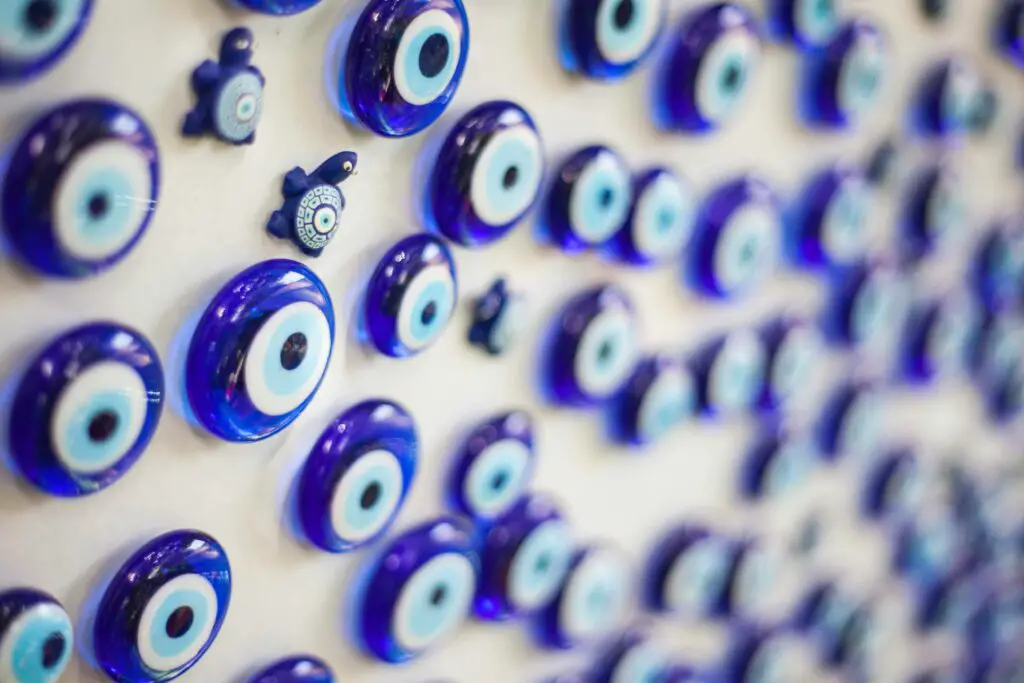
The evil eye is a superstition believed to bring bad luck or misfortune to those who are the target of envious or malicious glares. To protect against it, many cultures incorporate symbols of protection in their buildings, such as the hamsa hand or blue amulets. In Mediterranean countries, you’ll often find these symbols carved into doorways or incorporated into tile designs. The belief is that these symbols ward off negative energy and ensure the safety of the inhabitants shares BBC.
In some places, builders may even use colors like blue in their homes to combat the effects of the evil eye. The superstition is particularly strong in areas like Greece, Turkey, and parts of the Middle East, where these symbols are a regular fixture in both private and public architecture. It’s a small but significant way in which ancient superstitions shape the look of modern buildings adds HowStuffWorks.
3. Feng Shui and Building Orientation
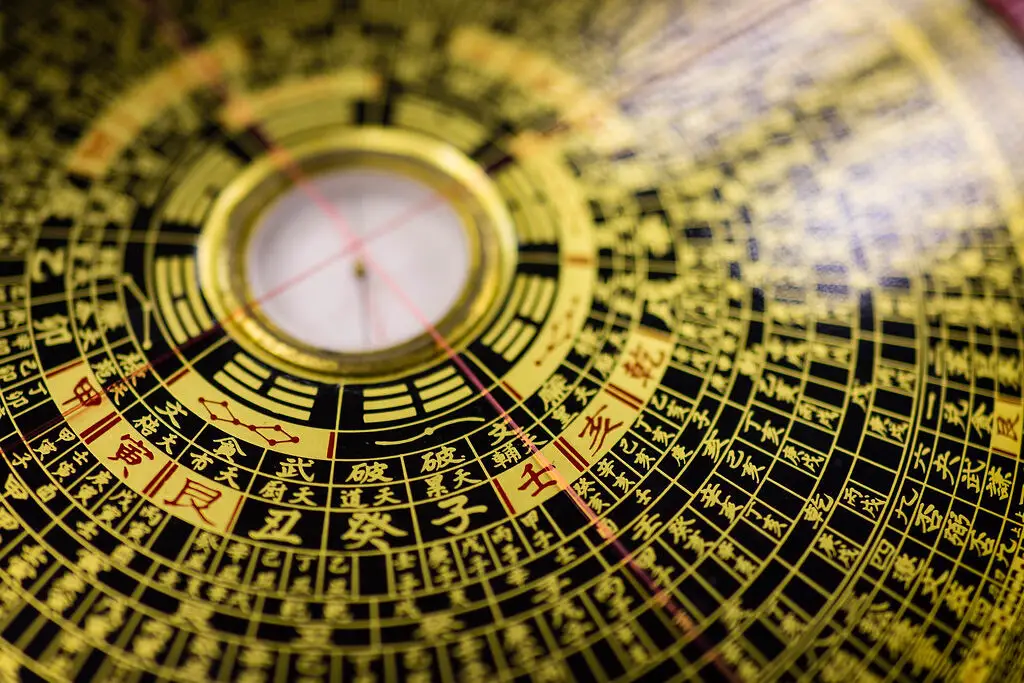
Feng Shui, an ancient Chinese practice of harmonizing the environment with the people who live in it, has had a lasting impact on global architecture. One of the key principles of Feng Shui is that the orientation of a building and the way energy flows through it can significantly impact the well-being of its inhabitants. The practice dictates that certain directions are more auspicious than others, and thus, buildings are often designed to align with these energy flows.
In cities like Hong Kong, the positioning of buildings in relation to the sun, wind, and surrounding landscape is often carefully considered. Structures might be built with specific slopes or angled facades to avoid negative energy. Even the materials used in construction, such as wood, water, and metal, are chosen to create a balance that promotes health and prosperity.
4. The Curse of the Mummy’s Tomb
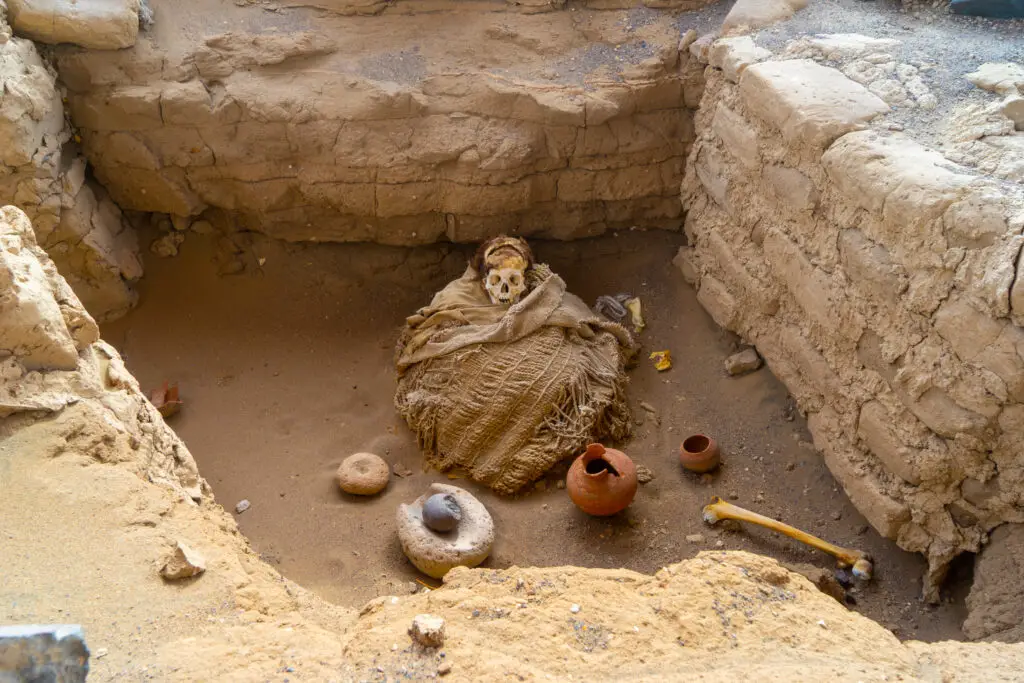
The belief that disturbing ancient tombs can bring misfortune gained popularity during the early 20th century, particularly after the opening of King Tutankhamun’s tomb in 1922. Several prominent figures connected to the excavation of the tomb died under mysterious or untimely circumstances, fueling the superstition that mummies’ curses would befall anyone who entered their sacred resting places. This superstition influenced the design of buildings, especially in Egypt, where many modern constructions are designed with barriers or protections to prevent any curses from being triggered.
While some of these precautions may be more symbolic than practical, it’s not uncommon for Egyptian-inspired buildings or monuments to include elements that reflect a respect for ancient tombs. Some builders may avoid disturbing ancient burial grounds altogether or design structures in ways that respect the sanctity of the land, believing that to do otherwise could lead to dire consequences.
5. Doors and Windows Aligned for Luck
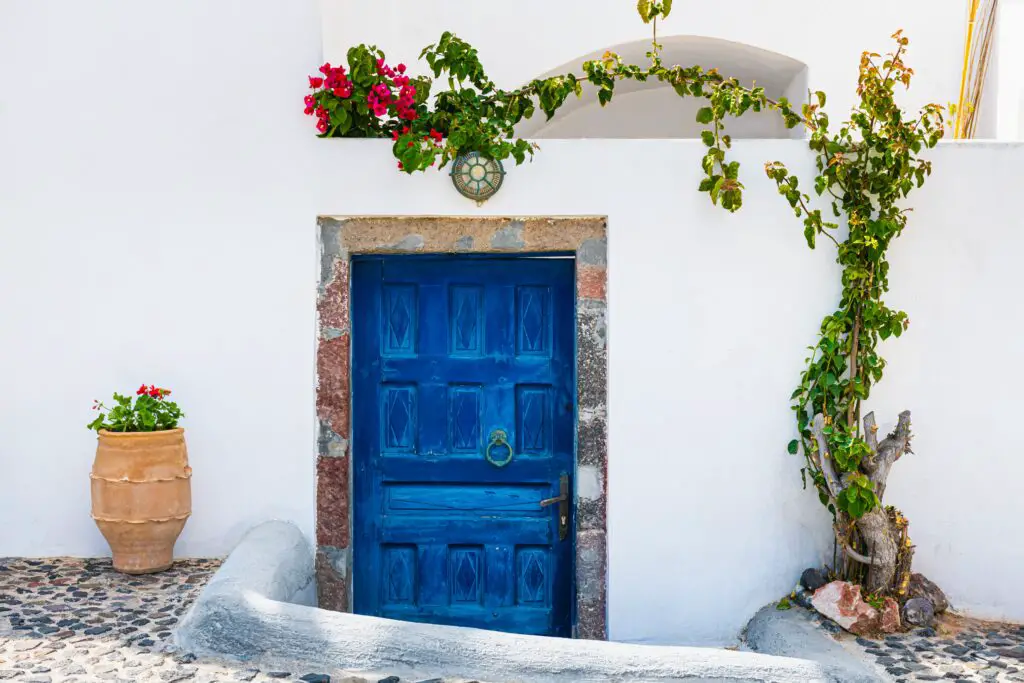
In various cultures, the placement of doors and windows in a building is critical for ensuring good fortune. One widely held belief is that doors should never directly align with windows, as this is thought to cause a loss of good energy and wealth. This superstition, commonly observed in Chinese and Southeast Asian architecture, is tied to the principles of Feng Shui. The idea is that the energy, or chi, will flow too quickly through the building and not remain long enough to benefit the occupants.
Additionally, the position of front doors is important in many traditions. Some cultures believe that a door facing a particular direction—such as east or north—can bring positive energy, while others avoid certain orientations due to their associations with bad luck or misfortune. Architects may choose door placements carefully to ensure the prosperity and well-being of those who will live or work in the building.
6. The Absence of the Number Four
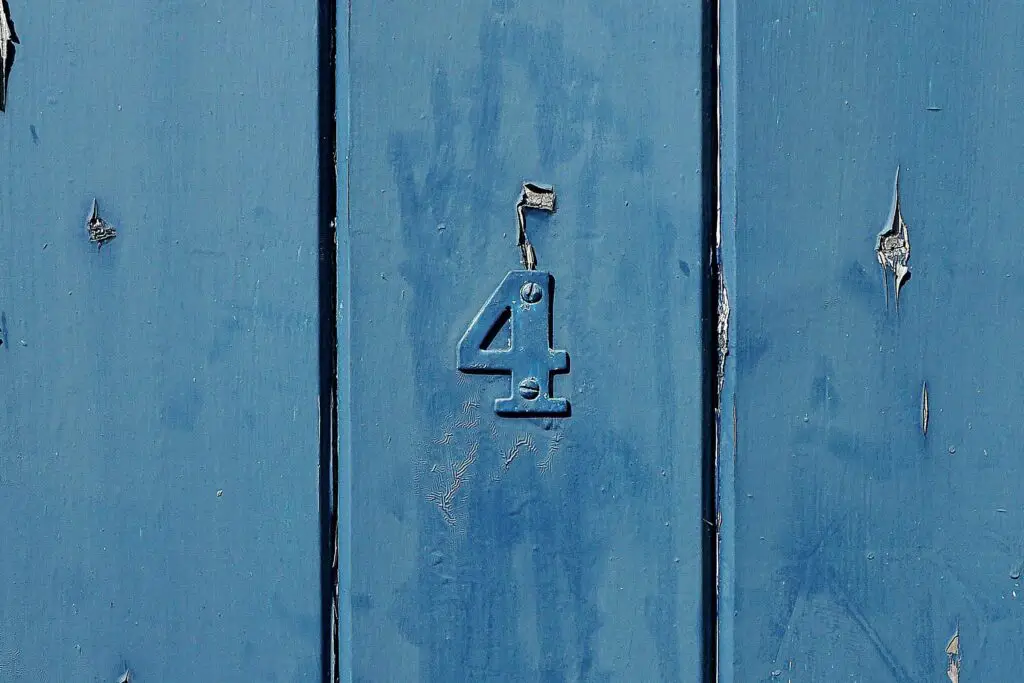
In many East Asian cultures, the number four is considered extremely unlucky, as its pronunciation is similar to the word for “death.” This superstition has led to many buildings skipping the fourth floor, as well as avoiding the use of the number four in room numbers and addresses. In countries like China, Japan, and Korea, the fear of the number four can be seen in both residential and commercial buildings.
In fact, it’s not uncommon to see a building’s floor plan omit the number four entirely, replacing it with the number five or even leaving the space empty. Some elevators in buildings may also avoid having a “4” button, opting instead for the “5” button to avoid invoking misfortune. The superstition surrounding the number four continues to influence architecture in these regions to this day.
7. Roofs That Bring Good Fortune
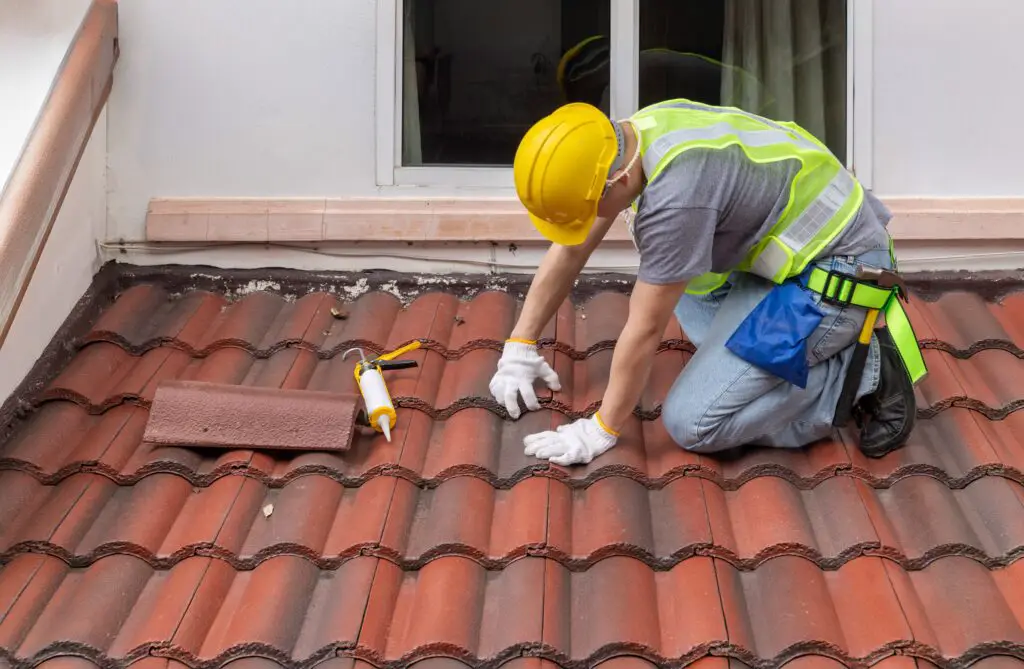
In many parts of the world, the shape of a building’s roof is designed with superstition in mind, particularly when it comes to ensuring good fortune. In countries like Japan and China, roofs are often constructed with upward-curving eaves, which are believed to deflect negative energy. The curvature is seen as symbolic of harmony, with the roof acting as a protective barrier to keep bad spirits and misfortune at bay.
The design of roofs is so important in some cultures that entire building styles are based on the belief that the right shape can attract positive energy. In some areas, certain roof styles are thought to bring luck to the home, while others, especially those with sharp angles or downward slopes, may be avoided for their negative associations.
8. Horseshoes Above Doors

In many cultures, hanging a horseshoe above a door is considered to be a surefire way to bring good luck and ward off evil spirits. This superstition dates back to ancient Europe, where the horseshoe’s shape was thought to resemble a crescent moon, a symbol of protection and good fortune. The iron in the horseshoe was also believed to have magical properties that could keep witches and spirits away from the home.
Though the superstition originated in Europe, it has since spread across the world, and many buildings today still feature horseshoes above their doorways. The horseshoe is typically placed with the open end facing upward to ensure that good luck is collected, but some variations of the superstition dictate that it should face downward to allow luck to flow into the home.
9. The Building of Sacred Temples and Altars
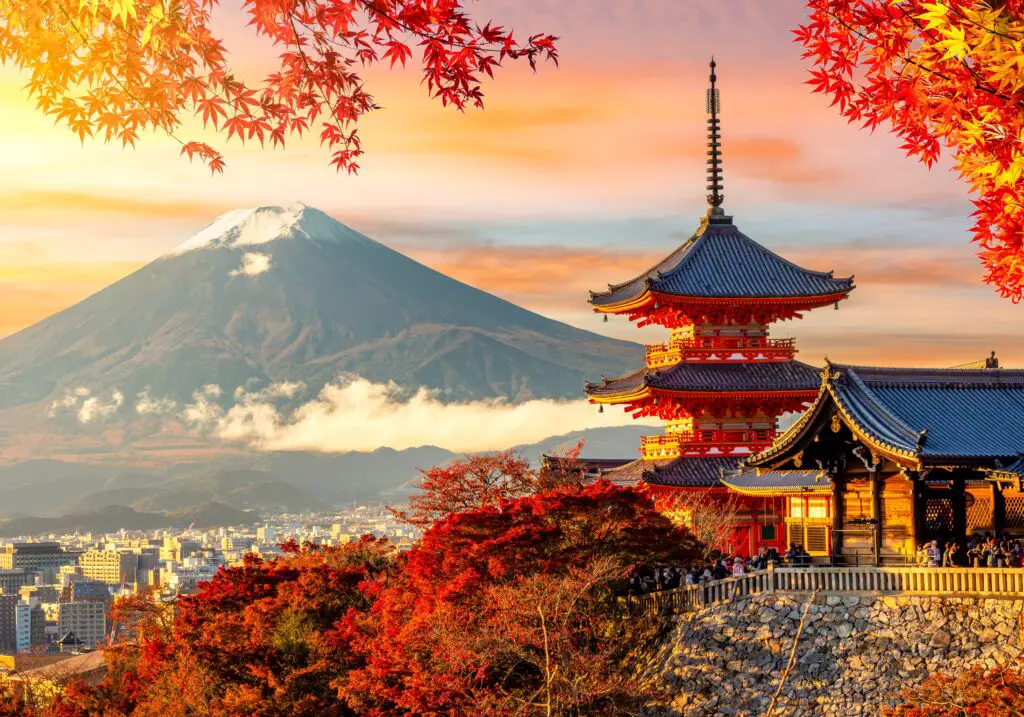
In many ancient cultures, the construction of temples and altars was deeply connected to religious beliefs and superstitions. The placement of these sacred structures was often dictated by the alignment with celestial bodies, such as the sun, moon, or stars. This practice was believed to ensure divine favor and protection for both the building and its inhabitants.
In modern architecture, elements of these ancient beliefs still influence the design of religious buildings and sacred spaces. Churches, mosques, and temples often feature specific orientations, like a building’s entrance facing east, to align with spiritual traditions. Architects working on these sacred buildings take great care to respect these traditions, blending superstition with design to create spaces that are both functional and spiritually significant.
10. The Sacredness of Water Features

Water has been a symbol of life, abundance, and purification in many cultures throughout history. As a result, many buildings, especially those in places like India and the Middle East, incorporate water features such as fountains or ponds in their design. In these traditions, the presence of water is believed to bring positive energy and harmony to the space.
In some buildings, these water features are strategically placed to mirror the flow of energy within the space, while in others, they are used to create a sense of calm and tranquility. The belief is that water can cleanse the environment of negative energy, and its inclusion in a building’s design is seen as a way to attract prosperity, peace, and good health.
11. Sacred Geometry and Design

The use of sacred geometry in architecture dates back thousands of years and is still an important consideration in some modern buildings. This concept involves using geometric shapes and proportions that are believed to have spiritual significance. For example, the golden ratio, a mathematical formula found in nature, has been used in the design of buildings to create a sense of balance and harmony.
Many religious buildings, such as cathedrals and temples, have been constructed with sacred geometry in mind, as it was believed that these proportions could bring the space closer to divine perfection. Even today, architects and designers often incorporate elements of sacred geometry into their work, guided by the belief that these proportions enhance the building’s energy and aesthetics.
12. The Protective Power of Mirrors

Mirrors have long been used in architecture to ward off evil spirits and negative energy. In some cultures, mirrors are thought to reflect bad luck or malevolent forces away from a building, protecting its inhabitants from harm. This belief is especially common in cultures influenced by Feng Shui, where mirrors are strategically placed in homes and businesses to create a protective barrier.
In some parts of the world, mirrors are placed above doorways or in hallways to keep negative spirits from entering the home. The superstition is so strong that some buildings incorporate mirrors into their exterior design, particularly in places where spiritual protection is a priority. Whether for decorative or protective purposes, mirrors remain an important architectural element shaped by superstition in many cultures.
